As I mentioned in last week’s blog, we have been entertaining David’s Dad, Roger, for the week. Sadly for him the weather has continued much as it has been all year and, for the first time in his spring visits, we haven’t been able to BBQ or eat outside.
The week started wet and only got wetter at least up until Thursday when the wind arrived as Storm Kathleen passed to the west of us causing Roger’s homeward ferry crossing to be cancelled yesterday extending his stay with us by 24 hours.
The annual Easter Monday ‘Marché sur L’Eau’ was planned to be, as it should be, in the car park next to the Drennec barrage, but the weather meant it moved into the Salle des Fêtes in the village. It was easier for us to walk to but we considered it a little too damp to sit and enjoy the traditional sausage and potato lunch.
Sadly, I failed to take any pictures but Roger bought a couple of souvenirs from the market including some beautiful coasters created by some friends in Saint Rivoal. It has made us think of more items to commission for the gîtes ..!
Tuesday turned out to be the wettest day of the week when we’d booked tickets to visit something we, and Roger, had wanted to see for a while – the German WWII submarine pens in Lorient.
Lorient was one of 5 naval bases on the Atlantic coast that the Nazis constructed during the Second World War (the others being Brest, St. Nazaire, La Rochelle and Bordeaux) and acted as the main base for the U-boat commanders headed by Admiral Dönitz where he coordinated the German U-boat fleet during the Battle of the Atlantic.
Lorient is home to 3 large submarine pen blocks that, due to their immense construction, survived the war despite the town itself being practically razed to the ground.
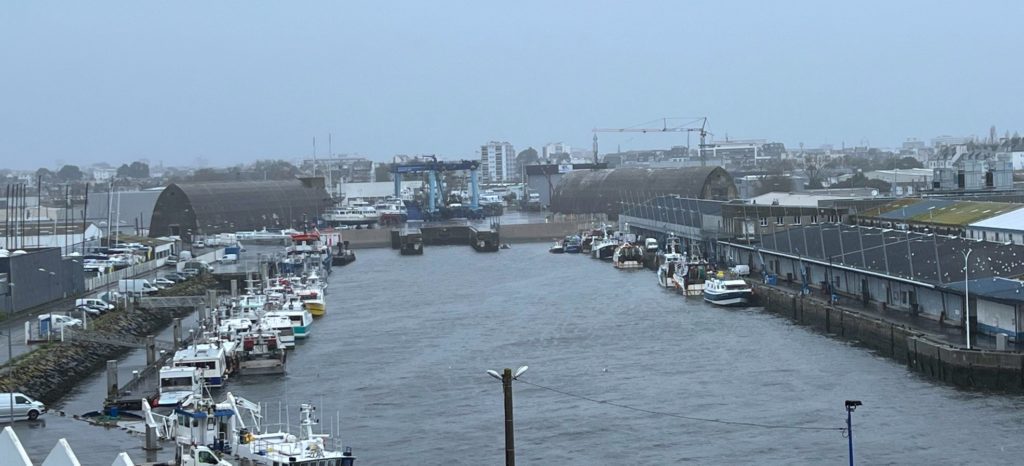

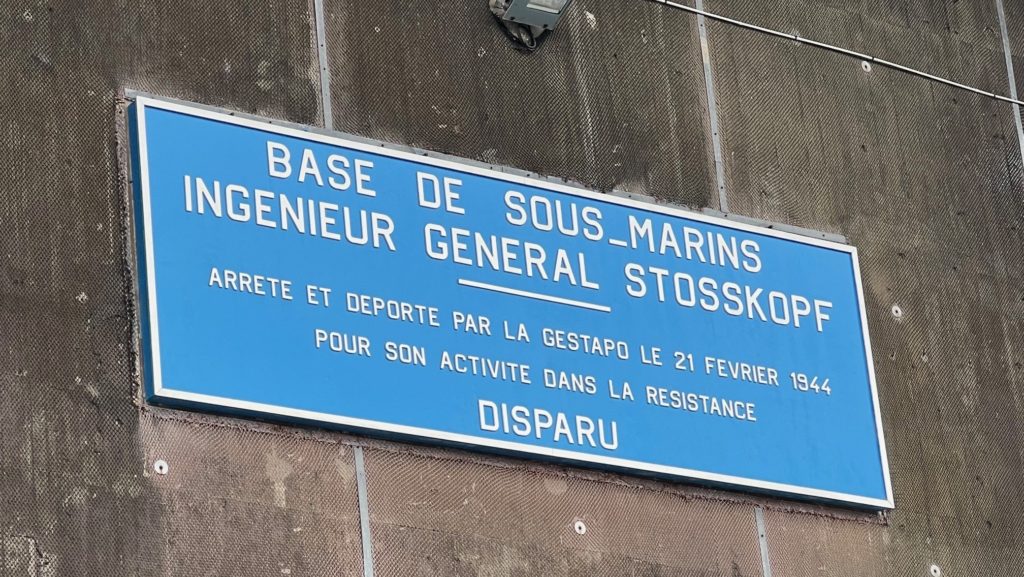
Also, because of their indestructible nature, when the French navy finished using them in the 1990s it was decided to keep them and use them commercially – the cost of demolishing them being too huge bearing in mind how they managed to withstand significant allied bombing!
As well as being the home to a number of marine businesses, one of those blocks (K3) is open to the public and is very interesting to visit – if you’re into naval or military history!
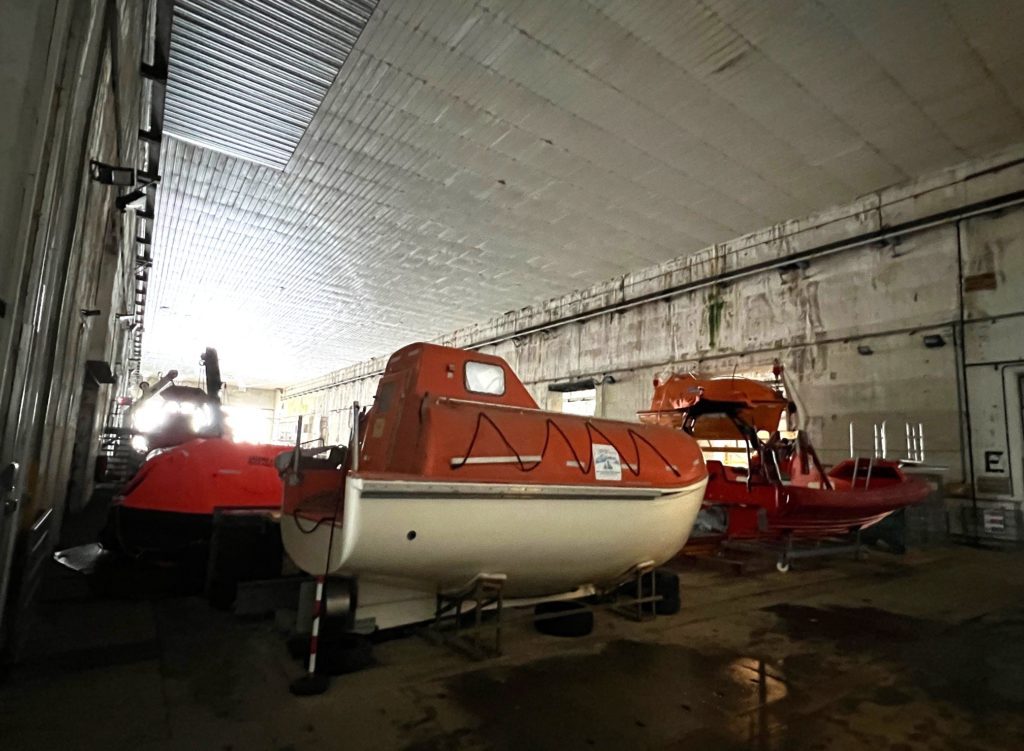
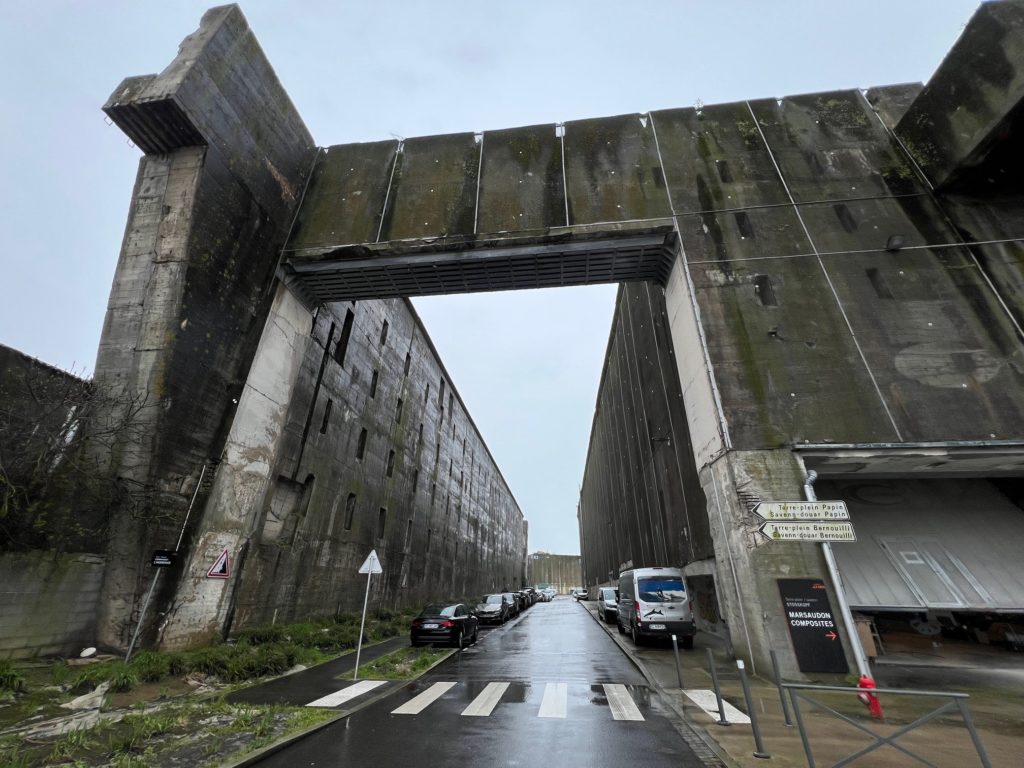
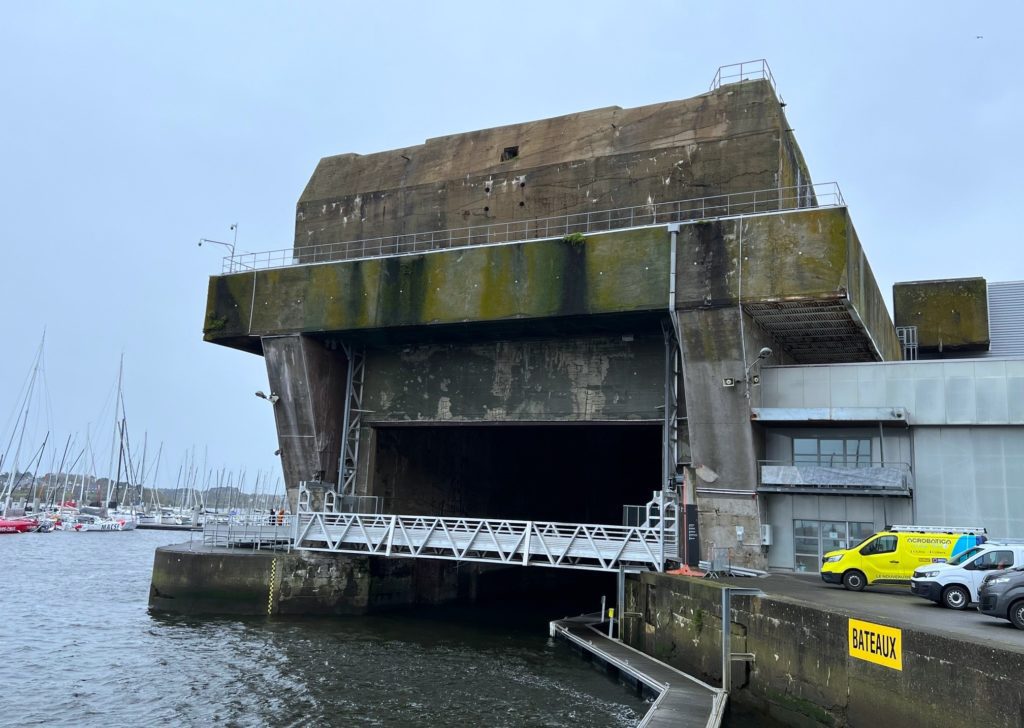
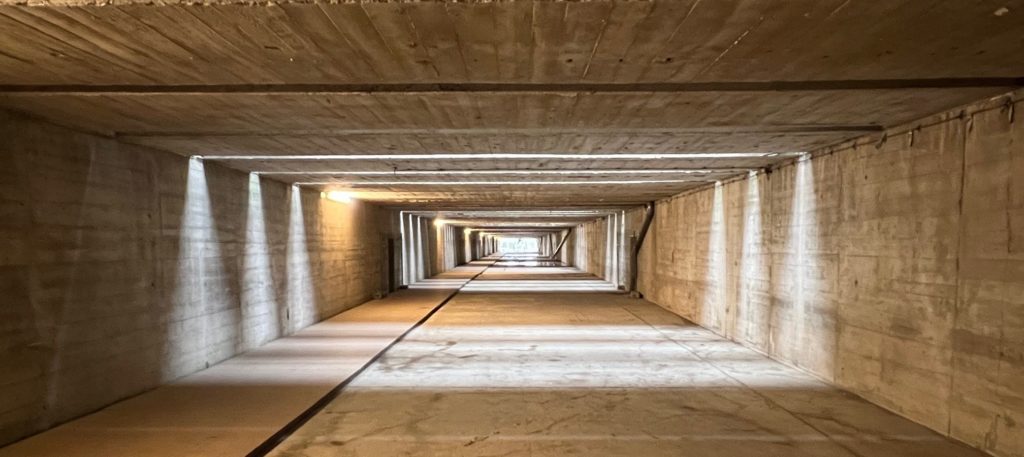
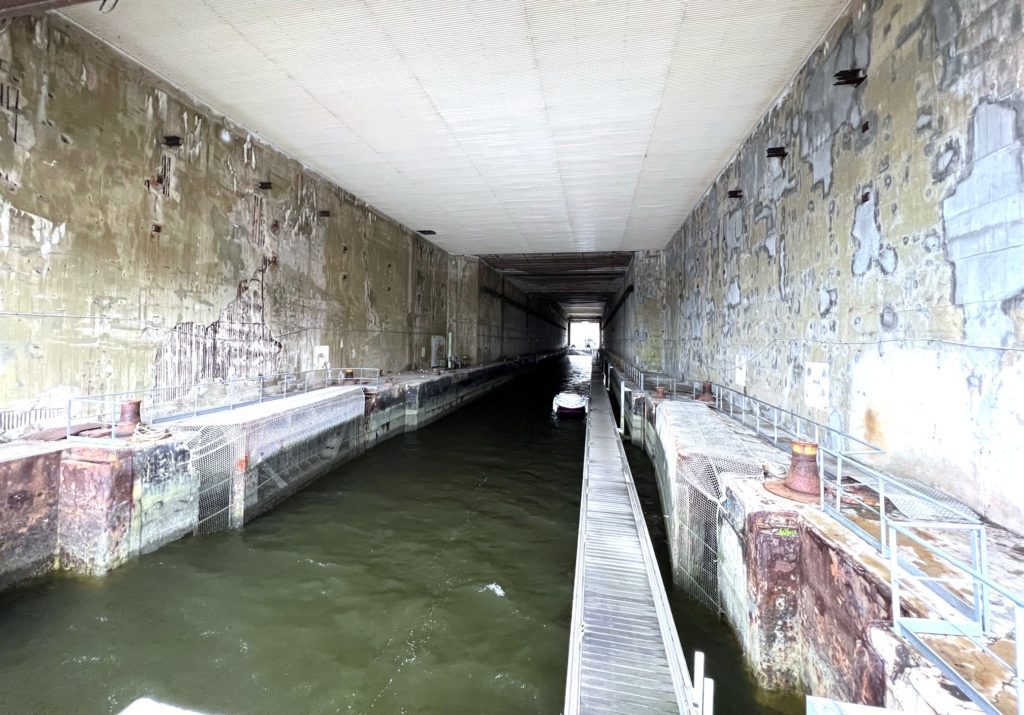

The base is also home to a post-war French submarine, FNS Flore, which can also be visited. On this occasion we didn’t and, sadly, we couldn’t actually go into the submarine museum itself as, disappointingly, it is only open daily in July and August – we may return.

Activities at home were smaller scale focussing on a deep spring-clean for the games room and Priory, prior to guests arriving yesterday. As we generally do, we had bought a number of new items when we were back in the UK late last year, including some replacement light shades to replace some which had suffered a coffee spill. They look good and our guests have enjoyed both spaces!

We have started the same in Granary as guests arrive here next Friday, and that has included a first coat of paint on the bathroom ceiling following the flood we experienced last year.
Today has been the driest day of the week which allowed us to do our Sunday stroll and, again, we headed north west of Brest, not far from Porspoder where we were a couple of weeks ago, and walked a circuit along the Aber-Illdut starting at the marina of Lanildut.
We chose the walk at random and hadn’t expected it to include so many points of interest, geological, including a sort of Sphinx-like rock formation, industrial and military. Many of these are quite well explained on a website that I have provided links to.
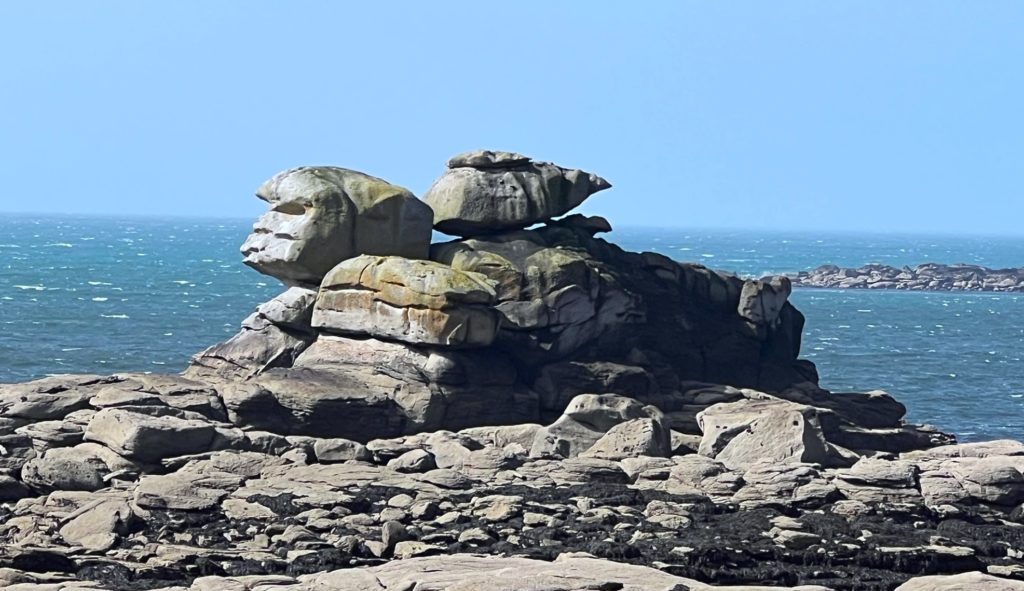
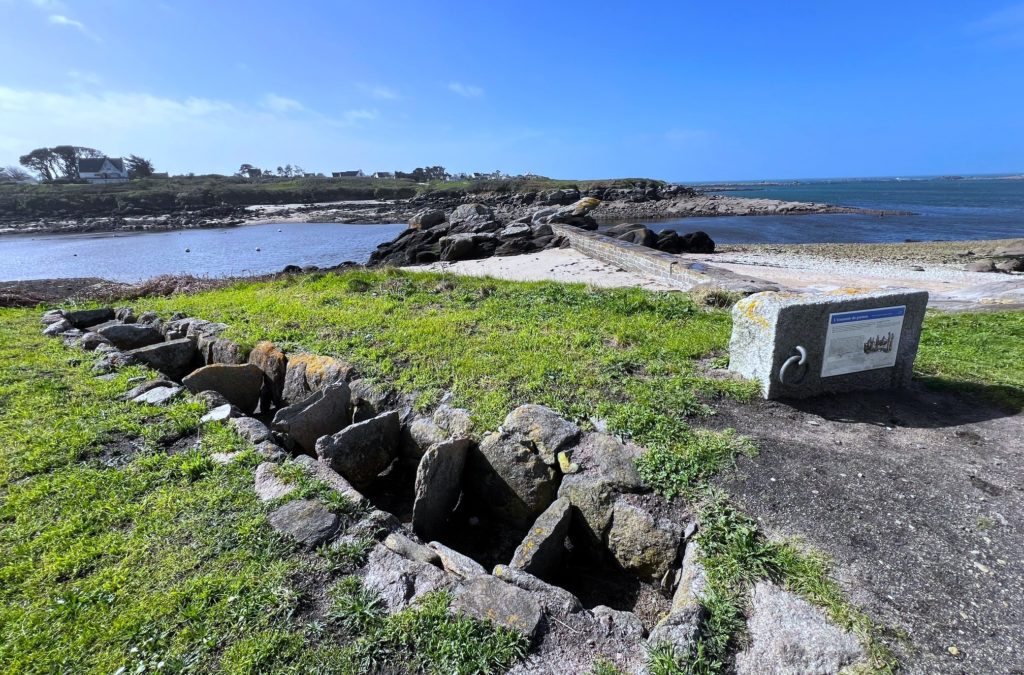
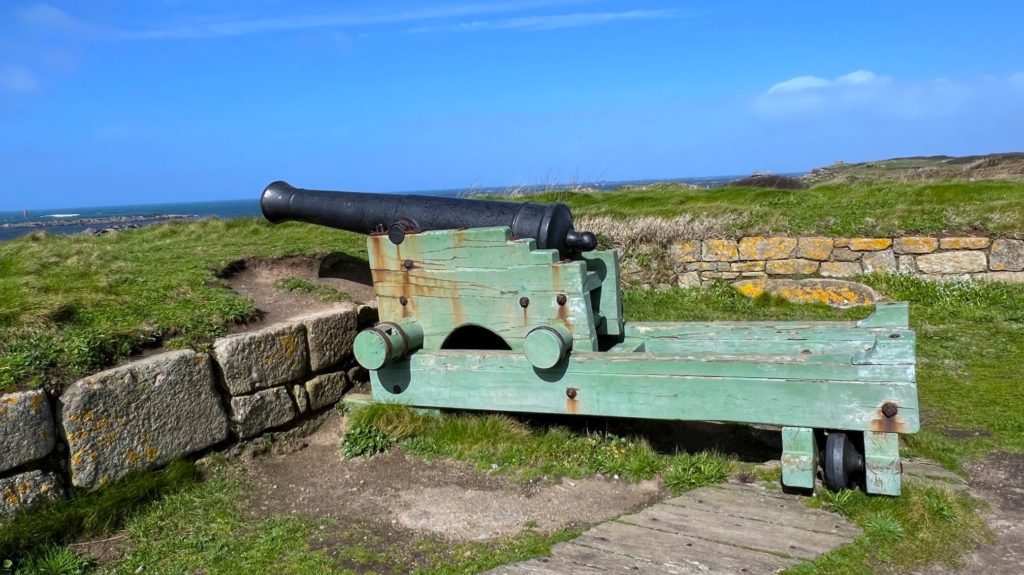
There are remains of an ancient seaweed industry; a small gun battery dating from the 18th century; a significant number of old water mill ruins; lots of evidence of the slate and granite quarrying history of the area; as well as the usual lavoirs and fontaines.

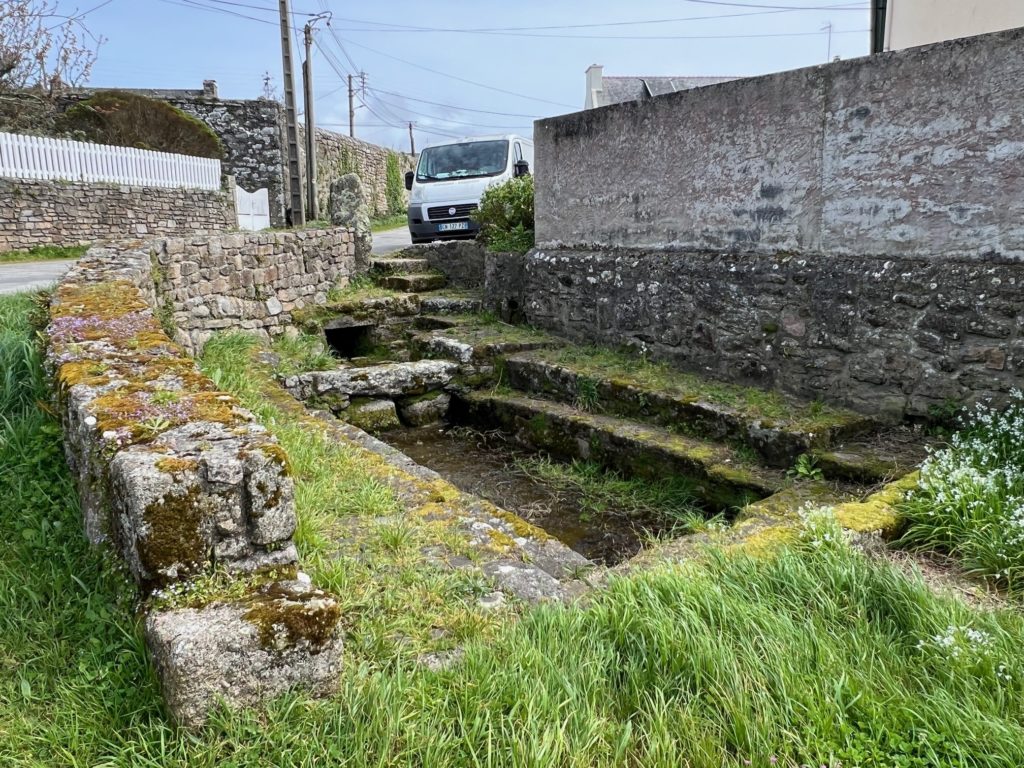
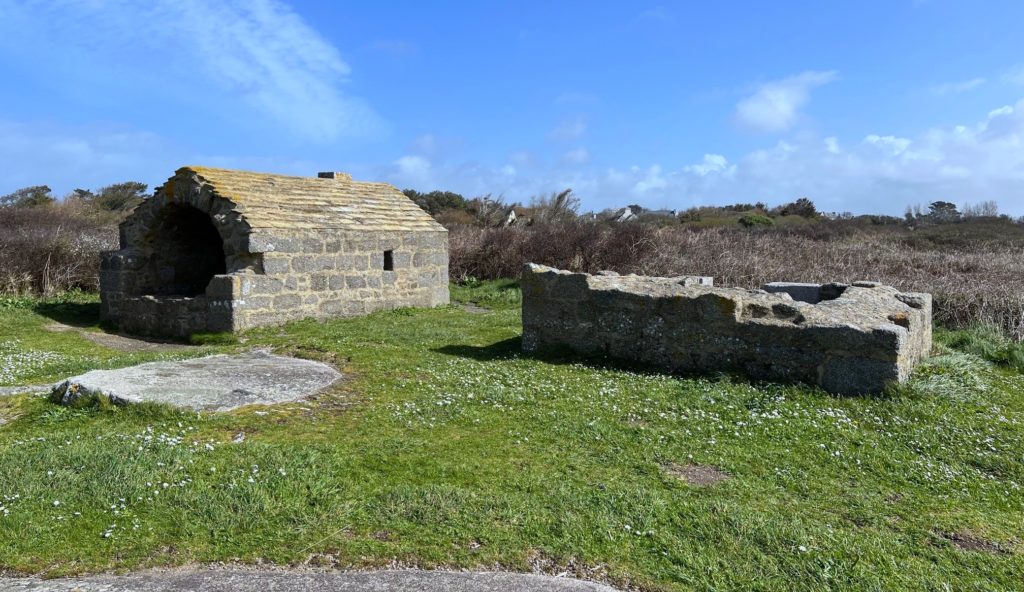
This industrial heritage obviously brought wealth to the area as there were lots of fabulous old buildings including the Manoir de Bel-Air and its huge, but sadly bricked up, pigeonniere nearby. The Manoir looks to be undergoing renovation work, including its armed terrace on the estuary(!), so perhaps there is hope for the pigeonniere too.
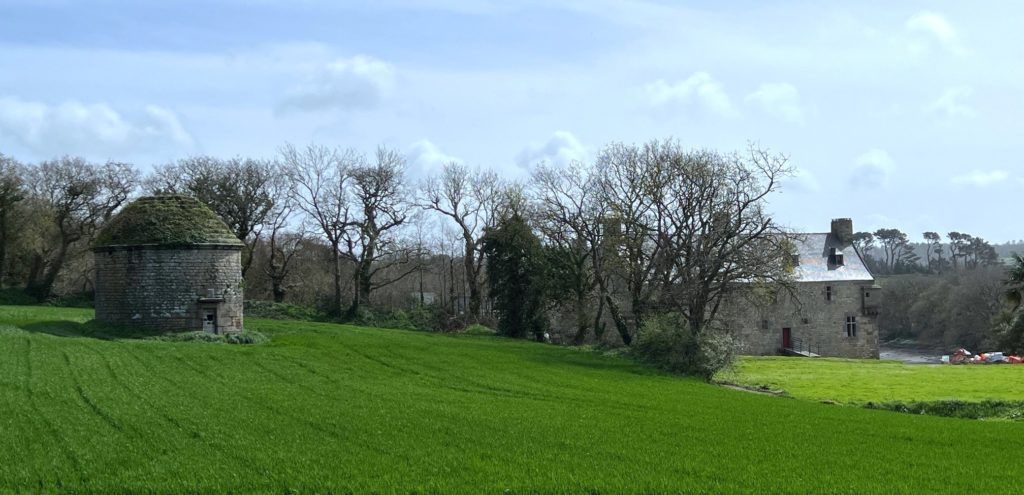


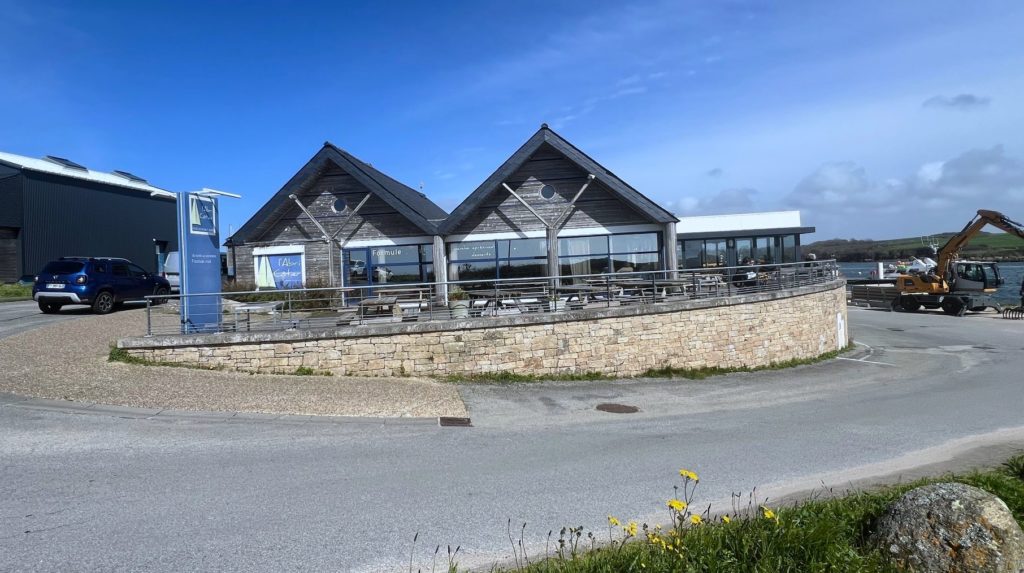
Another advantage of this walk, was that it started and finished at a marina restaurant / bar which is, amazingly, open year round and looks like it can get lively at night but where you can enjoy a post-walk drink looking out over the estuary.
Next week will be preparing each gîte for visitors and anything else the weather will allow us to do but, fingers crossed, the forecast is finally looking up!
À bientôt.
